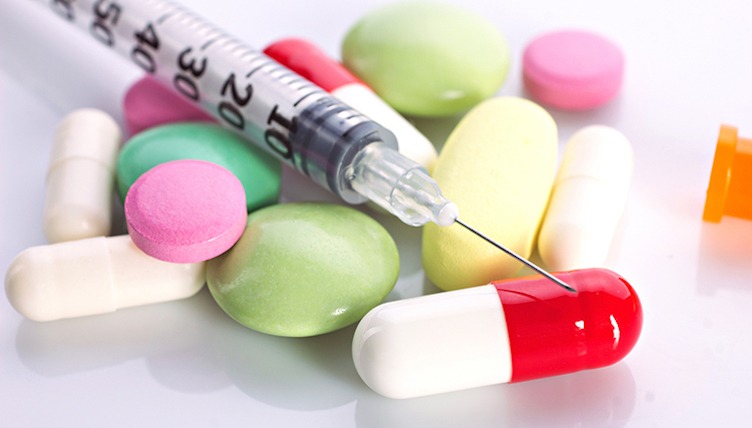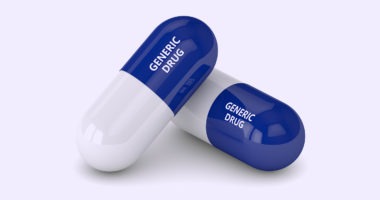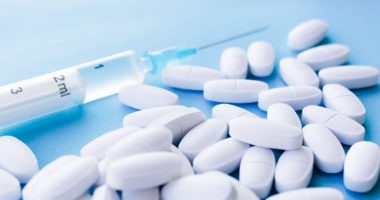Gauging the Opportunities in the Oncology Drug Market
The oncology drug market, the pharma industry’s largest sector, is taking center stage at the annual meeting of the American Society of Clinical Oncology (ASCO) in Chicago this week. A recent IQVIA analysis highlights the key trends, recent approvals, and the industry’s pipeline in the anti-cancer drug market.
Inside the oncology drug market
Spending on all medicines used in the treatment of patients with cancer reached nearly $150 billion in 2018 up 12.9% for the year and marking the fifth consecutive year of double-digit growth, driven entirely by therapeutic drugs which grew 15.9% as supportive-care drugs declined 1.5% last year, according to a recent analysis by the IQVIA Institute for Human Data Science, Global Oncology Trends 2019: Therapeutic, Clinical Development and Health System Implications. New brands and protected brand volume contributed nearly all positive growth in major developed markets, resulting in double-digit growth in most countries or regions. Within the US, spending on cancer drugs has doubled since 2013 and exceeded $56 billion in 2018, with more than $9 billion in growth coming from the use of new PD-1/PD-L1 inhibitors. The average annual cost of new medicines has been trending up for the past two decades, but the median cost dropped $13,000 in 2018 to $149,000, and ranged between $90,000 and more than $300,000, according to the IQVIA analysis.
Over the next five years (through 2023), growth in global oncology therapeutics spending of 11–14% is expected on a compound annual growth rate (CAGR) basis, bringing the total market to between $200 billion and $230 billion and to between $220 billion and $250 billion when supportive care is included within the estimate, according to the IQVIA analysis. Growth in spending on oncology therapeutics through 2023 is forecast at double-digit levels in the US, “pharmerging markets (defined by IQVIA as emerging markets with pharmaceutical growth potential) and the rest-of-world and reach the high single-digit growth in the EU5 (France, Germany, Italy, Spain, the UK), and 5–8% in Japan. Oncology spending in China, the second largest global pharmaceutical market overall behind the US, has more than doubled in the past five years, mostly coming from increased use of existing branded medicines, and very little from newly launched medicines, according to the IQVIA analysis. Per-capita spending in China amounts to $4.50 per person for oncology drugs compared to $173 in the US.
2018: a record year for oncology-drug approvals
A record 15 new oncology therapeutic drugs were launched in 2018 for 17 indications, including one tissue-agnostic therapy, in addition to one supportive care therapy launched, according to the IQVIA analysis. Over half of these new therapies are oral therapies delivered as an oral formulation (11 of the 15 new oncology drugs are oral therapies), have an orphan indication, or include a predictive biomarker on their label. The IQVIA report points out that recently introduced therapies are also being used more broadly across varied tumor populations and in earlier lines of therapy. The report also notes that the use of immuno-oncology therapies has doubled in the US since 2017 and treatment with novel CDK 4/6 inhibitors for HER-2 negative breast cancer has “dramatically” increased in the US and Europe, according to the IQVIA report. The 15 new oncology therapeutic drugs, defined as drugs with new active substances (NASs), launched in 2018 brings the total number of new oncology therapeutics launched since 2013 to 57 covering 89 approved indications for 23 different tumor types, according to the IQVIA analysis.
Thirty-one percent of the approved indications during the last five years have been for hematologic cancers (leukemia, lymphoma and multiple myeloma) while lung cancer leads the solid tumors with 12 indications among the 89, followed by breast cancer and melanoma with seven and six indications respectively, according to the IQVIA analysis. The introduction of immunotherapies in 2014, and their subsequent approvals across multiple indications, drove a surge in use by oncologists who treated more than 200,000 patients with immunotherapies in the US in 2018, which was double the number of patients treated in 2016.
Also noteworthy in 2018 was the approval of larotrectinib, which became the second tissue-agnostic oncology therapy to be approved by the US Food and Drug Administration, following the first approval of pembrolizumab in 2017. The IQVIA report noted that this reflects the beginning of a paradigm shift occurring in oncology to treat tumors based on genetic profile rather than site-of-origin in the body.
Inside the industry’s oncology-drug pipeline
A review of the industry’s oncology drug pipeline shows a deep and diverse pipeline both by product and company type. The pipeline of oncology drugs in late-stage development expanded 19% in 2018 and has expanded 63% since 2013. The late-stage oncology pipeline included 849 molecules in 2018, up 77% since 2008 due to the increasing number of targeted therapies. The number of late-stage pipeline therapies grew from 711 in 2017 to 849 in 2018, and 91% of the late-stage oncology pipeline in 2018 were targeted small molecule (40.3%) and biologic therapies (50.3%), rather than non-specific therapies such as cytotoxic agents. Reflective of increased overall drug development in oncology, a total of 1,170 oncology clinical trials were initiated in 2018, an increase of 27% from 2017 and 68% from 2013.
Within the clinical pipeline, activity is most intense for the nearly 450 immunotherapies currently in development, which are identified with more than 60 different mechanisms of action (MOA), according to the IQVIA analysis. At the same time there are more than 100 next-generation biotherapeutics, defined as cell, gene, and nucleotide therapies, in clinical trials focusing on 18 different MOAs. The number of these next-generation biotherapeutics (cell, gene and nucleotide therapies) in development for oncology has more than doubled since 2013 and has grown 32% from 2017 to 2018.
More than 700 companies are driving activity in the oncology pipeline and its late-stage development, including 626 emerging biopharma companies, of which almost 500 are solely focused on oncology. In late-stage oncology R&D, 711 companies are active, working on a total of 849 products, with the majority (88%) from emerging biopharma companies. The largest pharmaceutical companies are also actively pursuing new oncology therapies, with 28 of the top 33 Big Pharma companies developing anti-cancer molecules, according to the IQVIA analysis.
“Within oncology therapeutic development, the notable successes and failures in recent years have furthered our understanding of the underlying causes of certain cancers, disease progression, and the potential for novel treatments,” said Murray Aitken, IQVIA Senior Vice President and Executive Director of the IQVIA Institute for Human Data Science, commenting on the study’s results. “However, barriers to adoption of new drugs remain, delaying patient benefit from treatment advances. As treatment options increase, the impact on spending levels has become a focus across most parts of the world—a trend that is expected to continue during the next five years as growth continues.”
In terms of length of development, new oncology drugs launched in 2018 took a median of 10.5 years from the time of first patent filing to regulatory approval and launch, an acceleration of more than four years from the 2017 level, according to the IQVIA analysis. Last year, for an oncology therapy with breakthrough status, the average interval from first patent filing to launch was 10.1 years compared to the average for all other therapy areas of 18 years. Despite these trends, access to recently launched oncology medicines by patients living outside large developed countries remains low, with fewer than half of new cancer medicines available to patients beyond nine countries.






